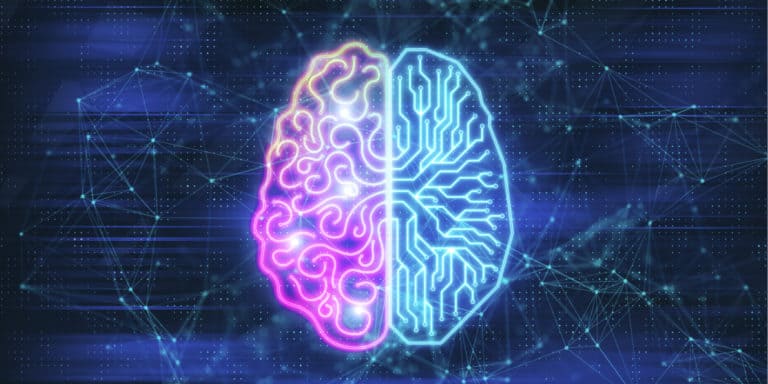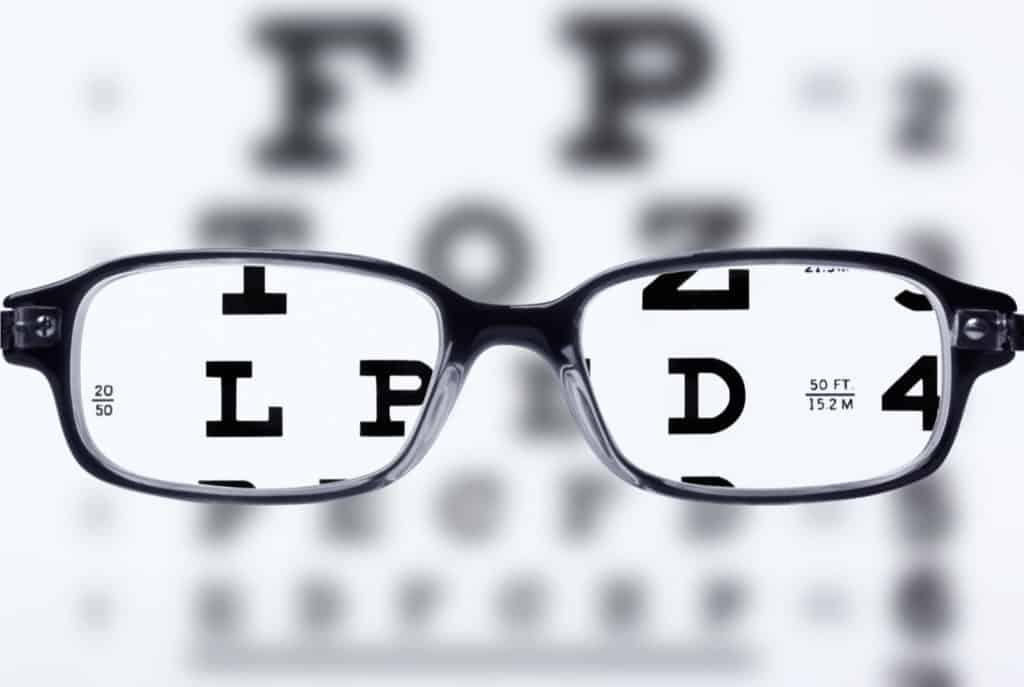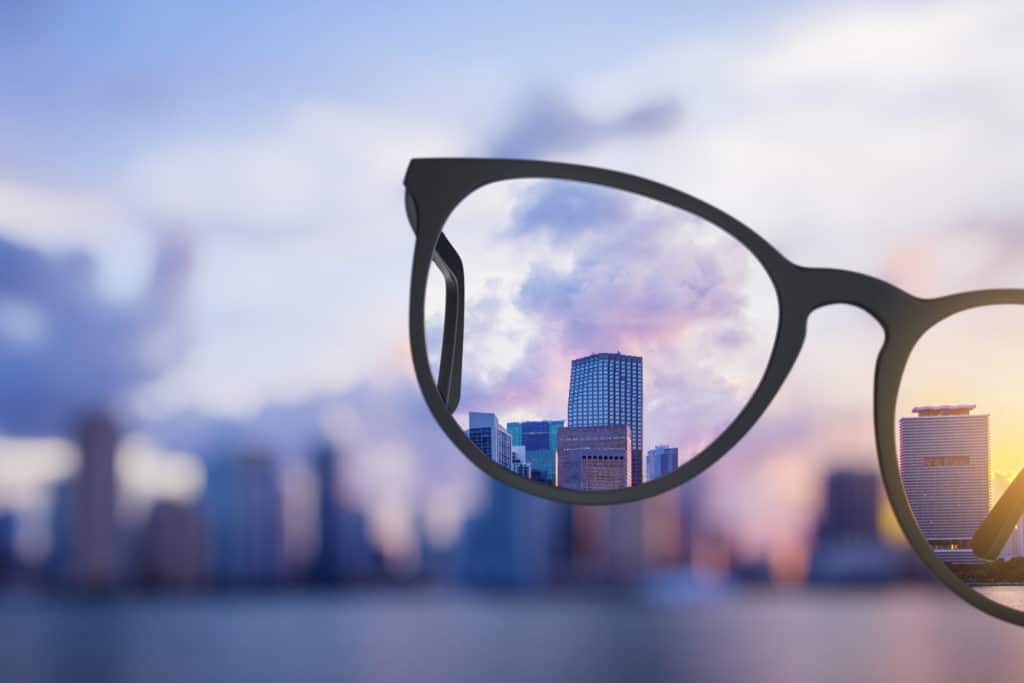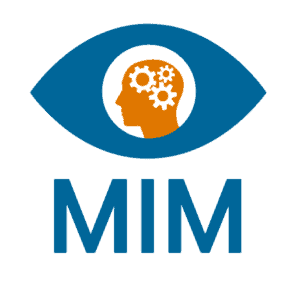
Why did I have to wear glasses?
Why, me? If someone had told me from the beginning that myopia is mental, I wouldn’t be wearing glasses now. If someone had only explained or showed me how I was supposed to be looking at things, I wouldn’t be wearing glasses. It all started with, Why?
As a kid, I always watched and observed. I loved breaking things apart and putting them back together. I loved puzzles and when I couldn’t figure something out, I just kept asking, why?
Eventually, it would all click and I would have my answer. It was my ability to observe, analyze and keep asking why, that led me to create myopiaismental.com
30 years believing something was wrong with my eyes

I started wearing glasses around the age of six or seven. It was recommended by my teachers that I get my eyes checked because I was having trouble seeing the board clearly. I got my first pair of glasses and was told by his doctors that I would probably always have to wear glasses.
My story is the same of millions that go through the same thing. Imagine that the first thing you have to do every day when you wake up is put on glasses. For over 30 years, each eye checkup led to stronger prescriptions and the eye strain was getting worse as the years went on.
The concern about my eyesight
My vision was getting to the point that I was starting to be concerned, so I looked into surgeries like Lasik or PRK. After talking to many friends that had laser surgery, I was even more terrified that it wouldn’t be permanent solution. All of them that had surgery more than 5 years ago are either back in glasses or had to get a tune-up. I started to look for solutions to help my eye strain. I started off by taking breaks and resting my eyes when I could. It helped a little, but then something happened.
The Wake-Up Call
One night, I woke up, and I was seeing more clearly than I ever had. I could see the alarm clock across the room. It wasn’t perfectly sharp, but it was clear enough that I could recognize every digit. That made me ask why, and can myopia be cured?
I started to do research to find out about vision restoration methods. I mainly worked with the Bates Method and active focus. I understood the basics, but then I did a lot of experimenting on my own.
Triangulation
One of the first moments I started to see an immediate change in my vision was when I was sitting and just noticing objects in my peripheral. My vision would sharpen as long as I was paying attention to everything in my field of view. I called it, triangulation. It took a lot of concentration, and it was extremely hard at first, but overtime I started to make it a habit to try to see this way all the time.
The Big Clear Flash

Several months after starting to work on my vision, I spent some time in my backyard without my glasses. At first, I couldn’t see anything, but then I realized I could see everything, but it just wasn’t sharp. I stood in the yard just rocking side to side, while looking off into the distance. I did this for over 45 minutes and then all of a sudden my eyes started to tear up and sting. It felt as if I was cutting onions or there was salt water in my eyes. It was very intense. As much as I wanted to blink to stop it, I resisted the urge and then, all of a sudden, I could see clearly. It lasted a few seconds and at first I couldn’t believe it.
Myopia Is Mental? A trick of the mind
I thought the first clear flash I got was a fluke, but when I got it to happen again, I started to ask myself why? According to axial elongation, there’s no way I should have been able to see clearly for any length of time, but yet here I was getting clear flashes over and over again.
I started to understand that near-sighted vision problems are due to muscle imbalances and the fact that we block ourselves from seeing the way we are meant to see. Tension is the issue and relaxation is the key to restoring the imbalance.
Question your vision habits
Ask yourself this: When you’re working at a computer screen or looking a cellphone, do you ever see anything else but the thing you’re looking at? If your answer is no, then you have tunnel vision. I did it for 30 years. I was blocking myself from seeing anything beyond the thing I was looking at. It’s like having blinders on. We’re not supposed to see one thing at a time, we’re supposed to see everything at the same time, but the center will always be the sharpest. Our eyes are supposed to use our peripheral vision to judge the depth and distance between objects, and they help us to know where we are in space.
Questioning people with good vision
I asked my brother and sister-in-law, who both have good vision, how do they see? I said, if you look at me without moving your eyes, what do you see? They both described all kinds of things around them without every taking their eyes off of me. I had suspected this was the case and they both confirmed that they saw more than I did.
More than the peripheral
Many think that I say that you just need to notice your peripheral vision to improve your vision, but that’s not the case. There’s a lot more to it than just noticing your peripheral. It’s a matter of learning to relax in order for your muscles to respond and move faster. A tight muscles can not move as fast as a muscle that is relaxed.
I learned when it came to vision, I had to learn to use my entire field of view, breath, have good posture, be aware of my senses and trust that I could see. When I did all of this, my vision would clear up on demand.
Weren’t you just living a life of blur or rather blur adaption?
I’ve heard people say many times if you stop wear glasses you’ll just develop blur adaption. In other words you just get used to blur and live with it. Yes, there were times my vision was blurry, but when I started doing the new habits I taught myself to do, my blurred vision cleared up completely. This was definitely not blur adaptation!
Sharing Myopia Is Mental on YouTube
I started putting vision improvement videos up on my YouTube channel about what I learned. I wanted to share what I learned, but I also wanted to have a way to document my journey to remind myself where I started. Each video I put up, I got more and more questions. I wasn’t quite doing the Bates Method, and I wasn’t quite doing active focus either.
YouTube is great, but even though I had playlists with the techniques I was using, people were still confused. I decided I needed to put this in a format to make it easy to understand exactly what I did and the order I did it in. That is when I came up with the idea of myopiaismental.com.
Reclaim Your Eyesight Naturally
If you’re just getting started, I put out an ebook to help you learn the basics. In the eBook 5 Techniques To Prove Your Eyesight Can Get Better I talk about all the basic techniques I did to improve my vision. I tell you exactly what I did, how I did it and what I felt. I did these techniques every day, all day to improve my vision. They weren’t just exercises, I was re-programming my brain to create new habits.
Beyond 20/20: The Advanced Journey Guide
I realized that the techniques weren’t fixing my vision at all. They were teaching my mind, body and nervous to relax. This is where the Advanced Journey Guide comes in. There’s a lot that I learned from neuroscience that made me start thinking that vision is more than just your eyes but yet everyone just wants to focus on the eyes (pun intended). There’s a much bigger picture that many aren’t aware of, and I explain everything I learned in a simple way.
Why charge for the Advanced Journey Guide?
By all means I’m not trying to get rich off this. Money has never been a motivating factor for me. I couldn’t care less about big houses, cars and all the other trivial possessions’ people flaunt on social media. However, I do know that it takes money to get things done. Most of what I’ve made has been put back into the website and tools I need to keep this site running. My wife told me if I’m going to put so much work into this, you at least need to paid for your time, and she’s right. She knows I’m up late constantly researching and learning things to make the journey easier, and then I pass it on to you. I don’t pay myself much, but what I do, I share that with my wife and kid.
The Myopia Is Mental Journey
Vision is more than just a problem with your eyes. I wanted to share exactly what I did to change the way I looked at the world. I stopped focusing so much on my eyes and started working on the mental blocks that were causing my vision to fail and this was the difference that made me start seeing clearly.
The journey is not an easy one but if you stick with it, you’ll learn more about yourself that will benefit your mental health as well as your entire body.


Awesome observations.
Awesome work.
Thank u.